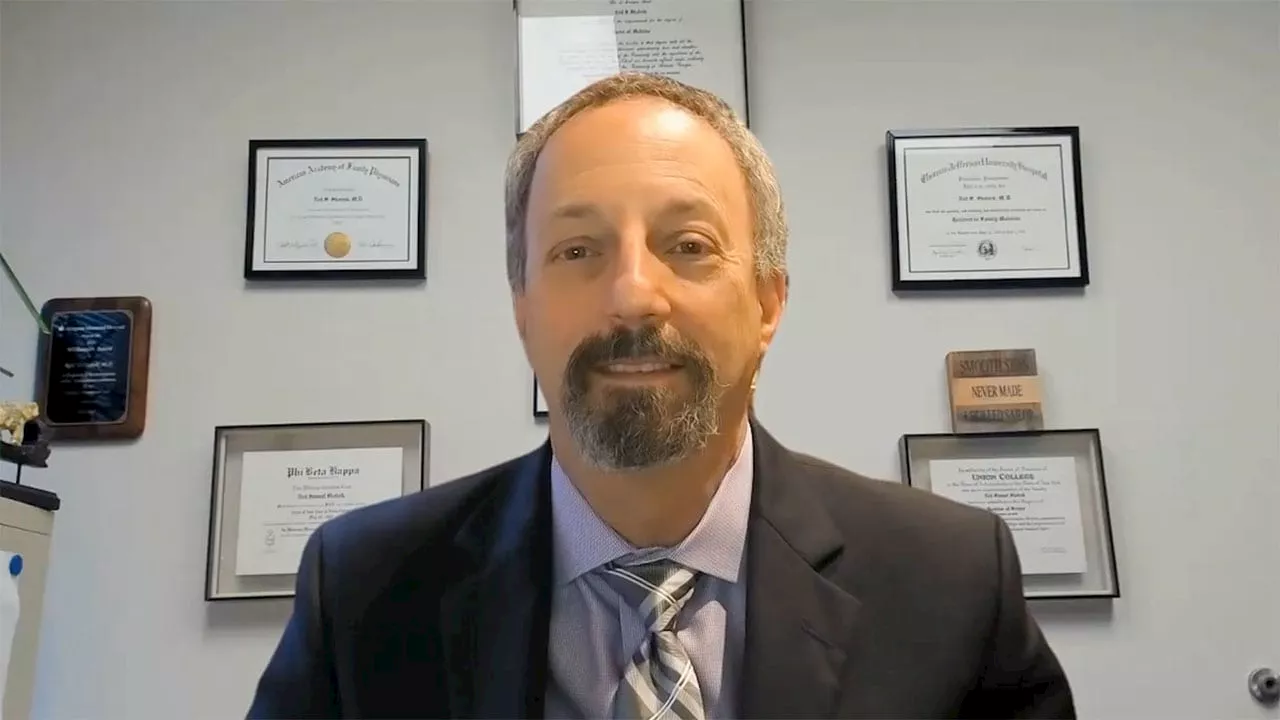Consensual nonmonogamy has gained cultural visibility, but challenges remain in providing affirming, informed care.
Clinical Assistant Professor of Obstetrics/Gynecology and Family Medicine, University of Rochester Medical Center, Rochester, New York Genevieve comes in with a rash. She has been open with her medical team about her two long-term partners. Her doctor orders repeated tests for sexually transmitted infections , which are negative. Genevieve says at each visit,"I really don’t think this is an STI ; we’ve all been tested, we use barriers, and no one else has symptoms." Her symptoms persist.
Barriers to healthcare delivery to these patients stem from biases favoring monogamy and a medical focus on risk. Many clinicians offer advice that being monogamous is a way to prevent disease. Nonmonogamy is frequently viewed as inherently risky by healthcare professionals, who may assume that the practice is associated with higher rates of STIs and disease. Stigma Undermines Care
Other patients in this study described withholding important health information or avoiding needed healthcare altogether due to fear of being judged, which also can severely undermine health outcomes. Some said they experienced an emotional toll from the need to"educate" their doctors about nonmonogamous relationships.
As awareness and acceptance of consensual nonmonogamy grows, we must adapt to meet the needs of this population. By doing so, we can create a more inclusive healthcare landscape where all patients feel safe, supported, and empowered to share important information about their lives and relationships.
SDOH Social Determinants Of Health (SDOH) Sexually Transmitted Disease STD STI Sexually Transmitted Infection Sexually Transmitted Disease (STD) Sexually Transmitted Infection (STI) Cancer Malignant Neoplasia Carcinoma Malignant Neoplasm Primary Care Sexuality HIV Infection HIV Disease HIV New York Influenza Flu Patient Safety Stigma Fellowship
United States Latest News, United States Headlines
Similar News:You can also read news stories similar to this one that we have collected from other news sources.
 Nurse Care Managers Increase Opioid Addiction Treatment in Primary CareA new study shows that employing nurse care managers to assist patients with opioid addiction in primary care settings can significantly increase treatment rates. The intervention involved nurses helping clinicians manage urine drug screens, addressing patient social needs, and following up with patients who discontinued treatment. This approach led to a 19.7% increase in total days of treatment per 10,000 patients over three years compared to clinics providing usual care.
Nurse Care Managers Increase Opioid Addiction Treatment in Primary CareA new study shows that employing nurse care managers to assist patients with opioid addiction in primary care settings can significantly increase treatment rates. The intervention involved nurses helping clinicians manage urine drug screens, addressing patient social needs, and following up with patients who discontinued treatment. This approach led to a 19.7% increase in total days of treatment per 10,000 patients over three years compared to clinics providing usual care.
Read more »
 Novel Telecare Approach Transforms Alcohol Use Screening and Treatment in Primary Care SettingScreening and telephone-based brief intervention effectively reduced unhealthy alcohol use among diverse adult patients in a Federally Qualified Health Center.
Novel Telecare Approach Transforms Alcohol Use Screening and Treatment in Primary Care SettingScreening and telephone-based brief intervention effectively reduced unhealthy alcohol use among diverse adult patients in a Federally Qualified Health Center.
Read more »
 UTI in Primary Care: New GuidelinesThe latest evidence-based recommendations for diagnosis, treatment, and prevention of recurrent UTI are reviewed here.
UTI in Primary Care: New GuidelinesThe latest evidence-based recommendations for diagnosis, treatment, and prevention of recurrent UTI are reviewed here.
Read more »
 Primary Care Screening Tools Cut ADHD Wait Times by Up to 96%To address long wait times for behavioral healthcare and diagnose adult ADHD, a primary care approach using screening tools reduced complaint-to-treatment times by up to 96%. The Methodist Hospital Family Medicine Residency Program at the University of Minnesota implemented these tools, leading to faster diagnoses and treatment for patients with uncomplicated adult ADHD.
Primary Care Screening Tools Cut ADHD Wait Times by Up to 96%To address long wait times for behavioral healthcare and diagnose adult ADHD, a primary care approach using screening tools reduced complaint-to-treatment times by up to 96%. The Methodist Hospital Family Medicine Residency Program at the University of Minnesota implemented these tools, leading to faster diagnoses and treatment for patients with uncomplicated adult ADHD.
Read more »
 Primary Care Physician Offers Mental Health Support Techniques to Young PatientsA primary care physician at Nemours Children's Health is incorporating mental health support techniques into her practice, teaching children coping strategies like breathing exercises and mindfulness. She believes these techniques can provide immediate relief and support families while they await access to therapists.
Primary Care Physician Offers Mental Health Support Techniques to Young PatientsA primary care physician at Nemours Children's Health is incorporating mental health support techniques into her practice, teaching children coping strategies like breathing exercises and mindfulness. She believes these techniques can provide immediate relief and support families while they await access to therapists.
Read more »
 Primary Care Doctor Shortage Looms as Medical Students Prioritize Lucrative SpecialtiesA growing shortage of primary care doctors is on the horizon as medical students increasingly gravitate towards higher-paying specialties. This trend leaves many Americans without access to essential primary care services, potentially impacting their health outcomes.
Primary Care Doctor Shortage Looms as Medical Students Prioritize Lucrative SpecialtiesA growing shortage of primary care doctors is on the horizon as medical students increasingly gravitate towards higher-paying specialties. This trend leaves many Americans without access to essential primary care services, potentially impacting their health outcomes.
Read more »
